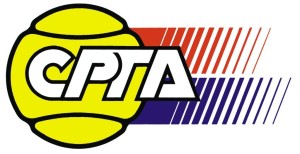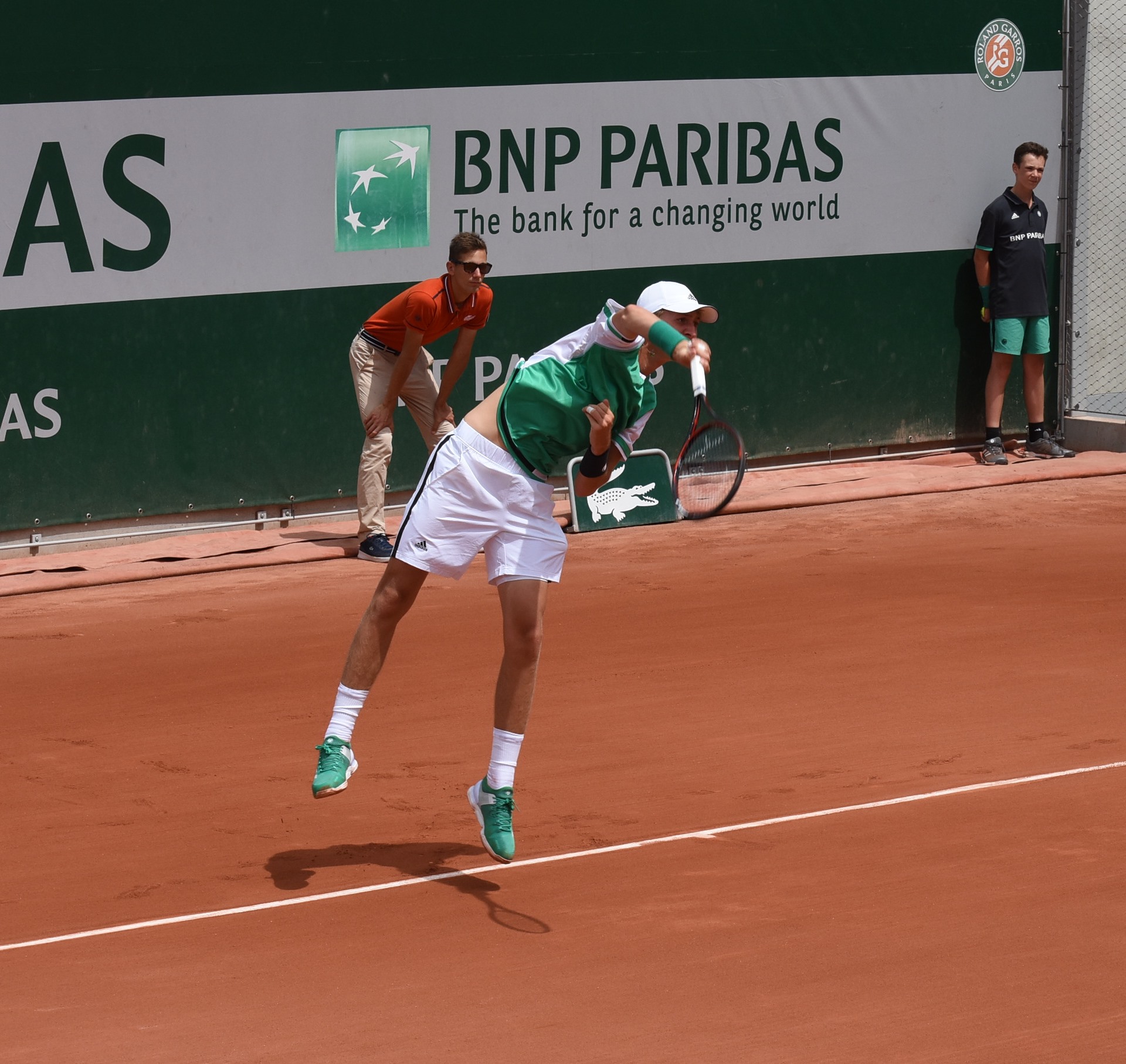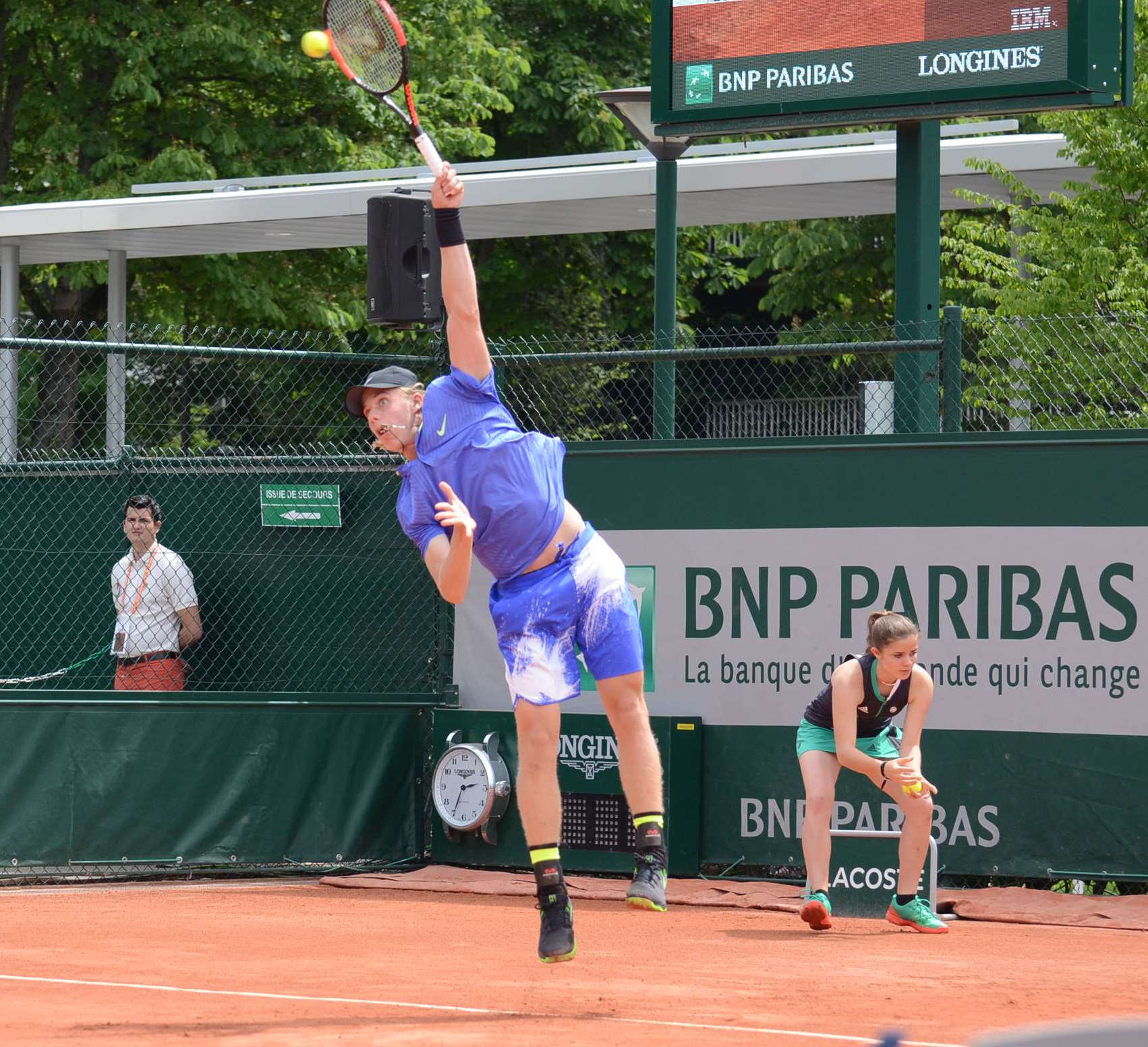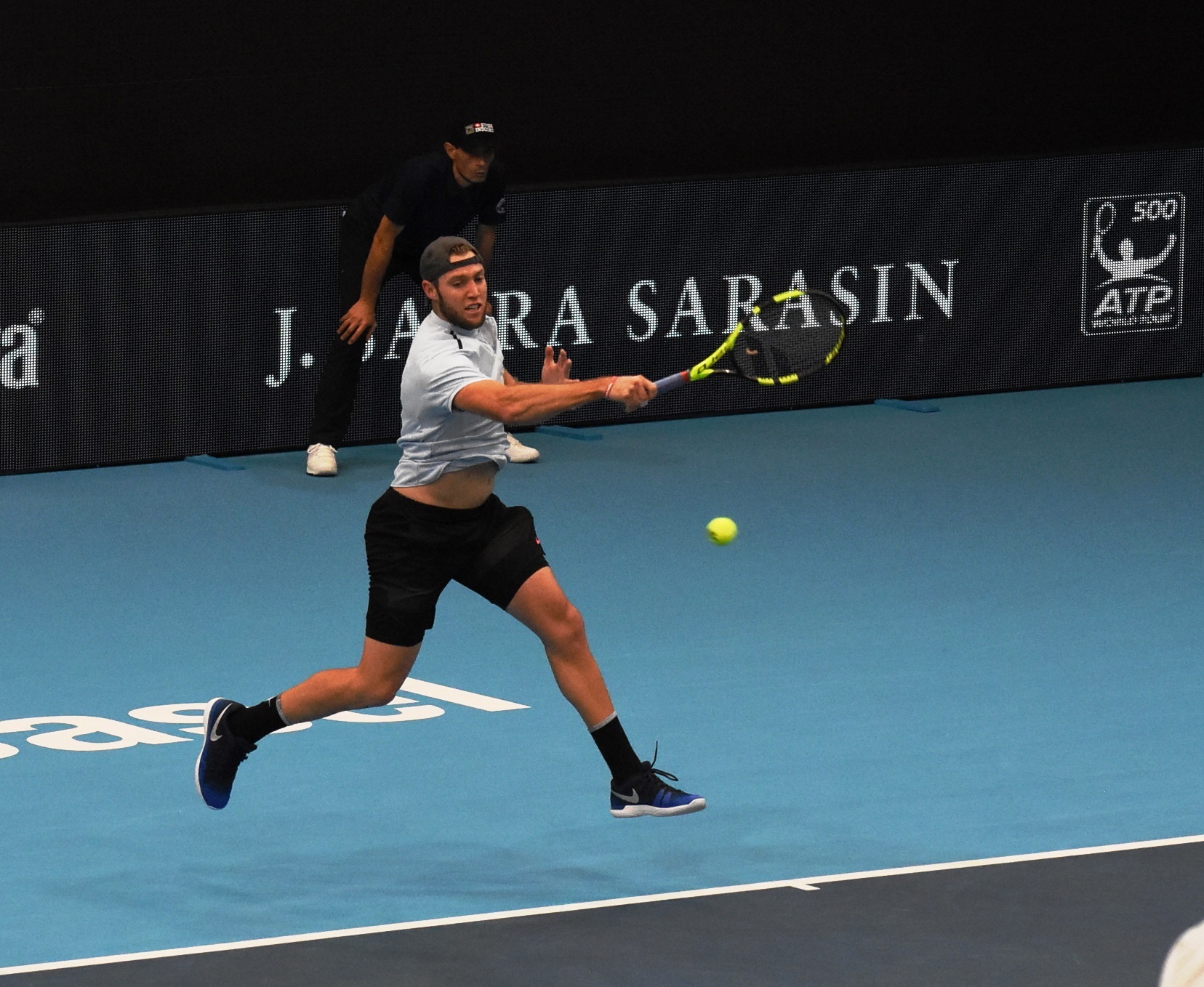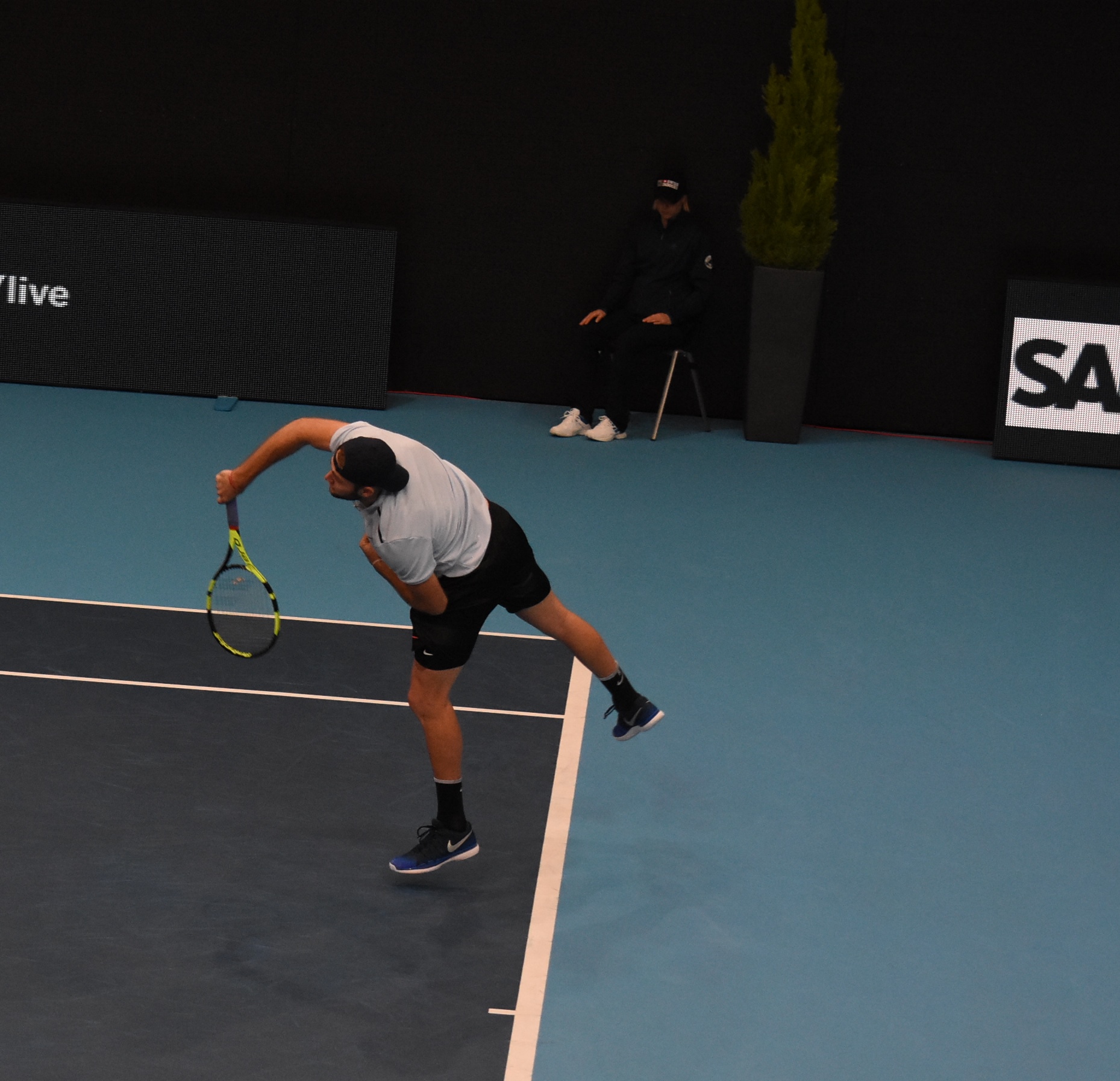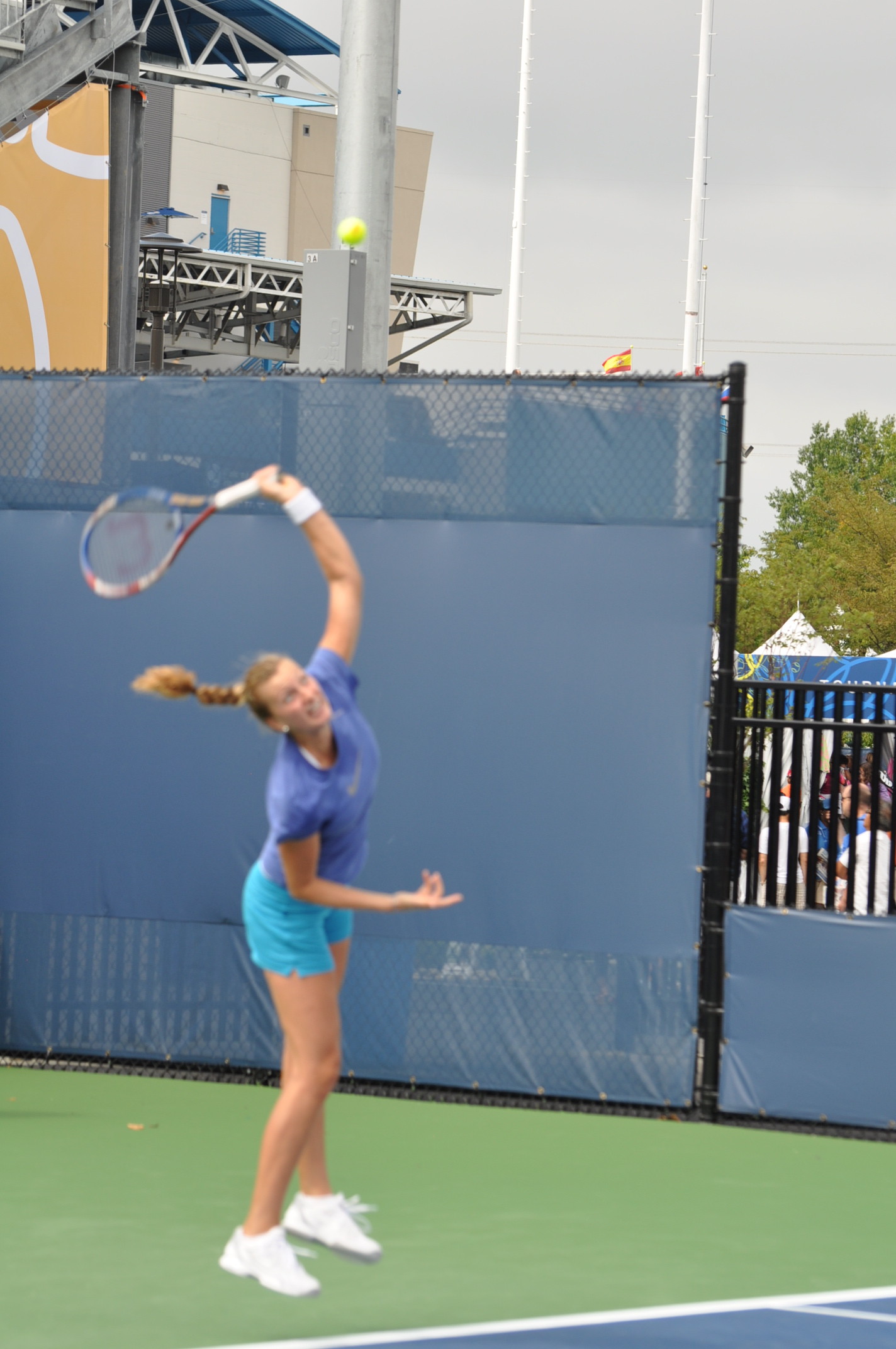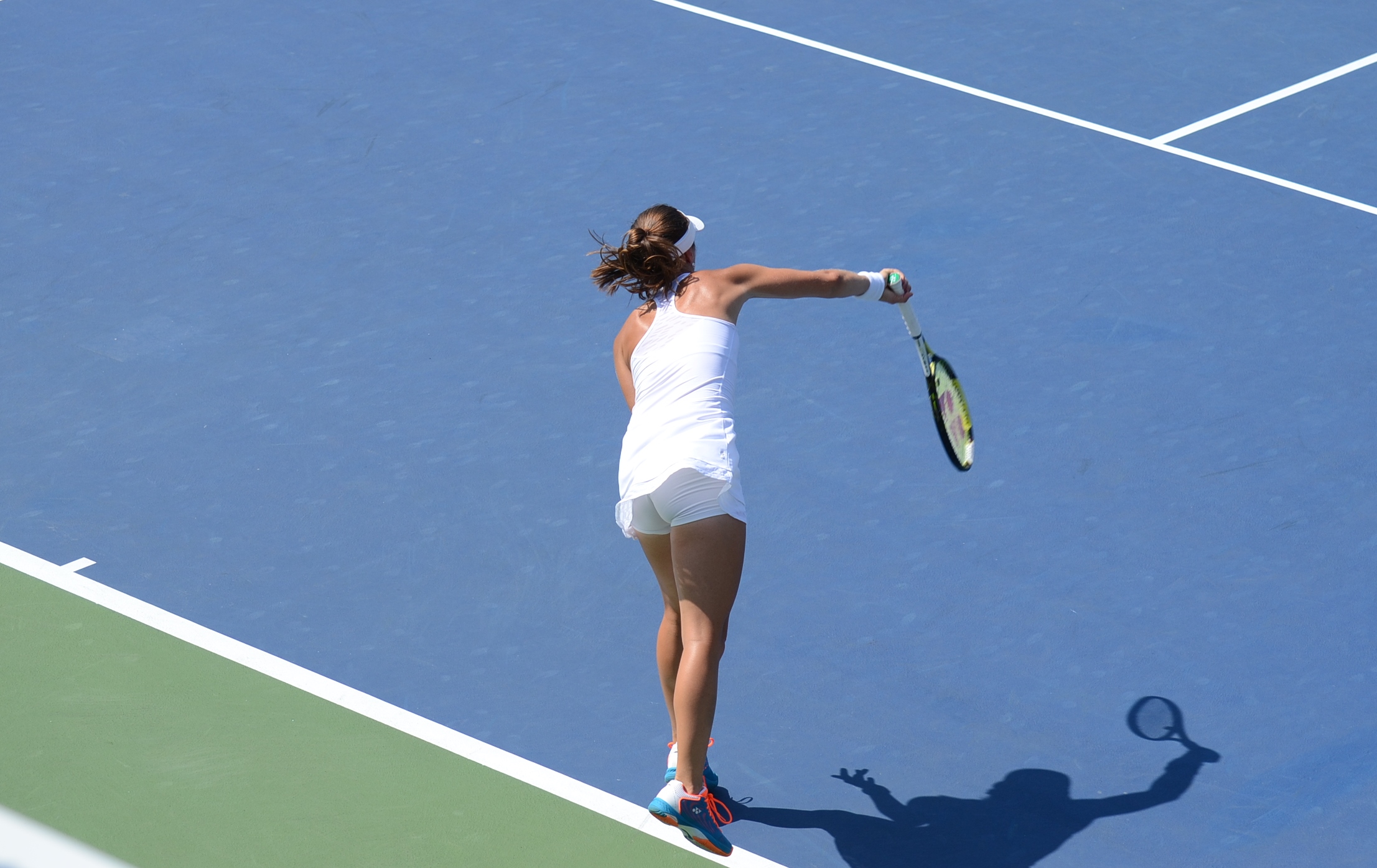
Petra Kvitova – Forehand improvement to a higher 3.0 standard
Then over the years, the forehand has brought Petra some winners, but often also rather a quite serious amount of errors as some of the Forehand 3.0 principles have been often missing in her game. It was the reason why I have repeatedly criticized her forehand, (also) here on this site, in the past and why I have mentioned some hints towards possible improvements, also to Petra's surrounding, mainly since the later part of the 2015 season. It might be just a pure coincidence, but especially after...
